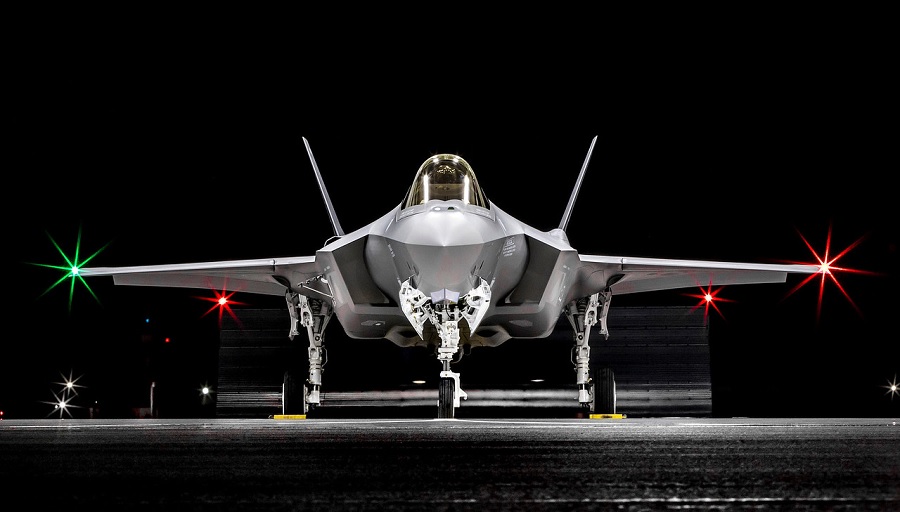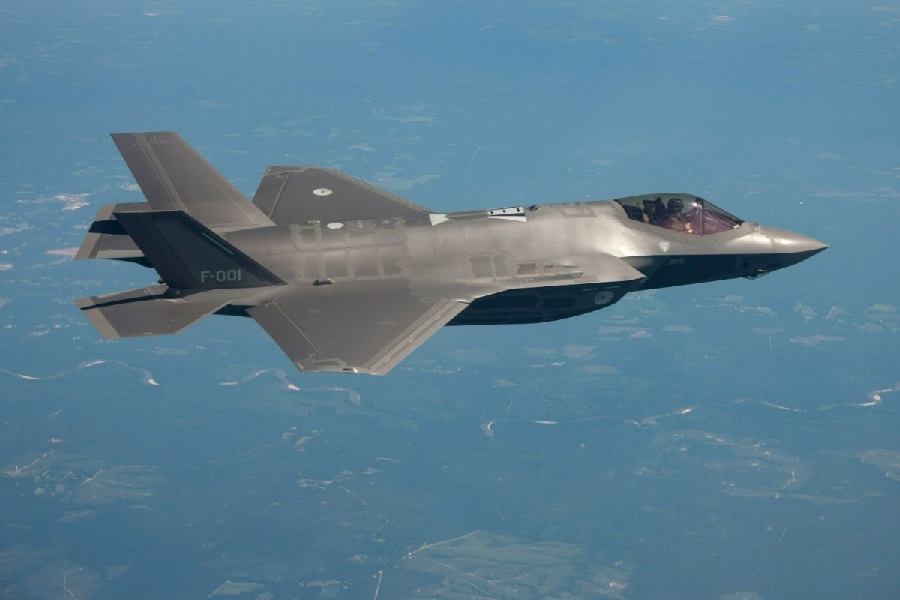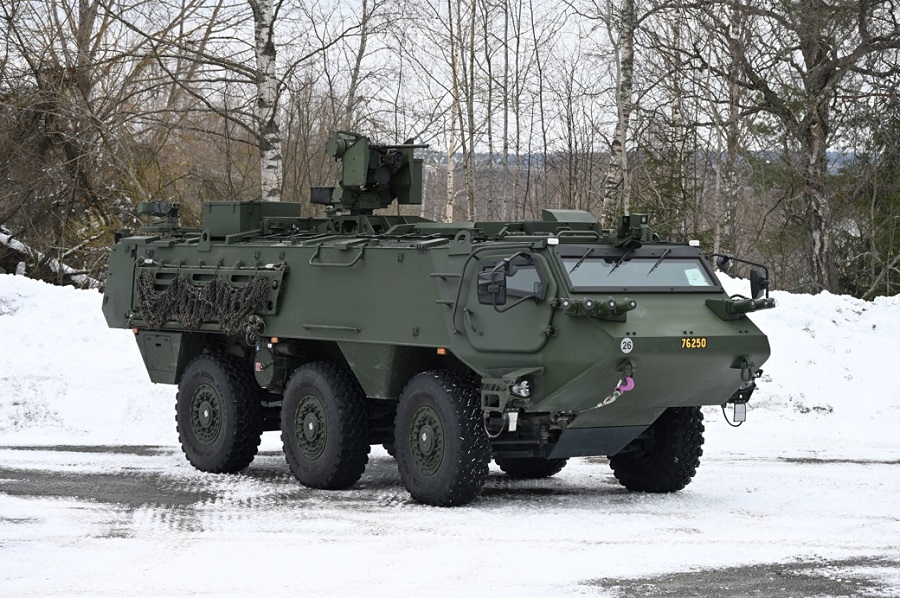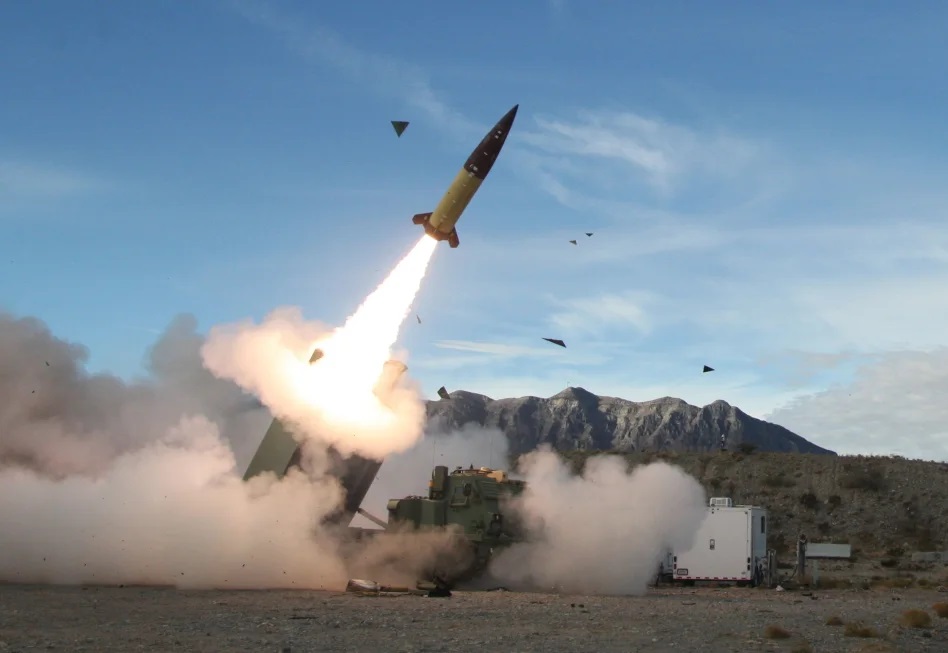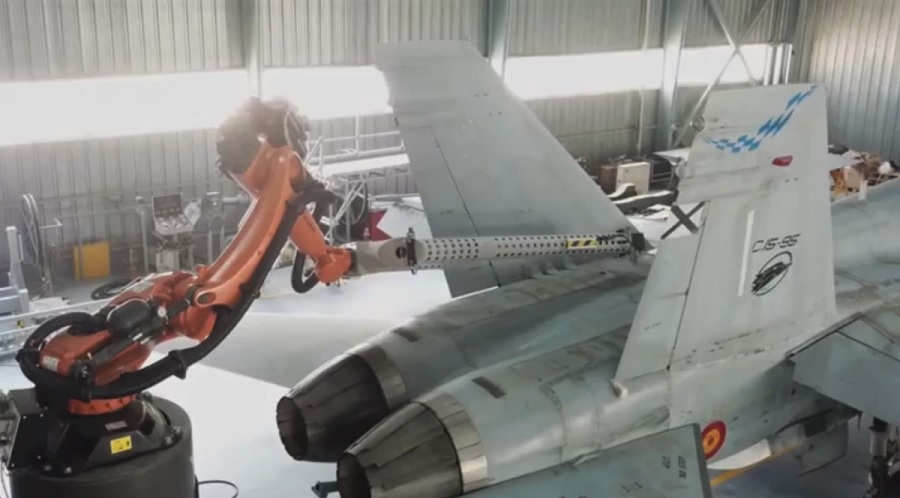REEs are of vital importance to high-tech devices and their ability to function, including computer hard drives, telephones, televisions, and hybrid or electronic vehicles.
Furthermore, rare earth metals (REM) are heavily used in the defence industry to integrate electronic displays, sonar, laser, and guiding systems into modern weaponry. Therefore, REM quickly became a strategic component for the defence industry’s supply chains, and, at the same time, embodied a geopolitical challenge to secure countries’ strategic autonomy regarding these precious materials.
When looking at the main global suppliers of REEs, China finds itself in the first position, controlling around 80% of REE production. The recent tensions in the Taiwan Strait re-introduced the reality of Western REE dependency on China to the agenda. Washington finds itself in a difficult position regarding its industry’s reliance on China’s REEs.
Therefore, Beijing’s dominance over such a strategic resource seriously undermines the West’s ability to impose economic sanctions on China. In the scenario of a confrontation between Washington and Beijing, China could decide to cut its REE supply to the US, which as a consequence could exhaust its stocks in “less than 90 days”.
China’s REEs in F-35
On September 7th, 2022, the Pentagon announced that it will temporarily suspend the delivery of the F-35. The cause? One of the engine’s components, assembled by Honeywell, is built around a rare combination of cobalt and samarium imported from China.
It is not the first time REEs are discovered in American planes. In 2014, Chinese materials were discovered in B-1B bombers and some F-16 Lockheed Martins fighters. On September 20th, 2022, the US Air Force Chief of Staff, General Charles Q. Brown Jr, expressed his concerns about finding China’s derived products in strategic military equipment which questions the integrity of the supply chain.
Indeed, the United States is using components derived from China because of their competitive price. If the United States had to build weapons such as F-35 using only “Made in USA” components, it would be long and costly to find an alternative to Chinese providers.
On the other hand, he also emphasized the fact that this finding did not compromise the engine’s performance, nor did it represent a security threat for the F-35.
Strengthening U.S. Supply Chain’s Security
In 2019, Richard Spencer, the former US Navy Secretary, warned about a weak American supply chain too reliant on China and Russia for materials used to build battleships.
In the past few years, the United States Congress has been focusing on reviewing the military systems’ supply chain at a stage when it was highly dependent on Chinese and Russian components. The intention was to reduce the US Army’s dependency on China’s REEs and electronic components, software, drones and surveillance cameras potentially containing Chinese or Russian components.
Among these measures is the CHIPS and Science Act. Because the US produce only 10% of the world’s supply of semi-conductors but rely on East Asia for 75% of global production, the CHIPS and Science Act aim to “bolster US leadership in semiconductors, providing $52.7 billion for American semiconductor research, development, manufacturing and workforce development”.
This article was originally published by Finabel – European Army Interoperability Centre. Click here to visit Finabel’s website.


